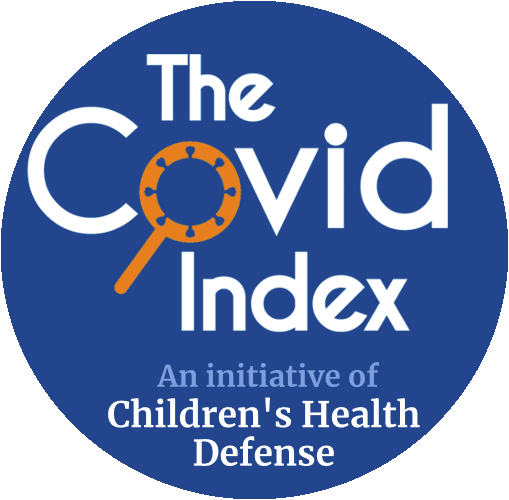"Abstract
... This study evaluates psychological distress related to the [Covid-19] crisis and identifies predictive factors of anxiety/depression according to age. 2,871 adults were recruited through an online questionnaire during the lockdown. Three subsamples were identified: 18–30; 30–50; > 50 years...
3. Results
With the exception of gender, the three age groups’ profiles significantly differ from each other. Participants aged 18–30 years reported significantly lower levels of living environment, occupational activity, social contacts, frequency and quantity of alcohol use, but higher levels of anxiety, depression and uncertainty than older participants. Note that 45% of young, 37% of middle-aged and 25% of older participants presented anxiety symptoms. Respectively, 56%, 49% and 43% reported depressive symptoms...
4. Discussion
A considerable percentage of the population suffers from anxiety and depressive symptoms related to the COVID-19 lockdown and it can be explained by an intolerance of uncertainty, whatever the age of the people. This intolerance of uncertainty in itself can increase the level of psychosocial comorbidity (Freeston et al., 1994; Carleton et al., 2012, 2020; Sim and Chua, 2004; Sankar et al., 2017).
... Young people are the most impacted by the COVID-19 lockdown (Huang and Zhao, 2020)... Proximity to contamination (only for young people), an overload of contact through social networks and a high intolerance of uncertainty increases anxiety in this population. Half of the present young subsample is made up of students who are consumed by major uncertainties regarding their future and educational perspectives...
Contact through digital media is anxiety-provoking for them and cannot replace face-to-face contact. Young adults were the least to seek psychological help via visio-consultation. Distance education and examinations could increase their level of uncertainty and stress, either because these involve new teaching and assessment modalities as yet unknown to them, or because distance supervision, communication and monitoring by teachers has not been sufficiently clear, structured and reassuring."
© 2020 Elsevier B.V. All rights reserved.
Since January 2020 Elsevier has created a COVID-19 resource centre with free information in English and Mandarin on the novel coronavirus COVID-19. The COVID-19 resource centre is hosted on Elsevier Connect, the company's public news and information website.
Elsevier hereby grants permission to make all its COVID-19-related research that is available on the COVID-19 resource centre - including this research content - immediately available in PubMed Central and other publicly funded repositories, such as the WHO COVID database with rights for unrestricted research re-use and analyses in any form or by any means with acknowledgement of the original source. These permissions are granted for free by Elsevier for as long as the COVID-19 resource centre remains active.
